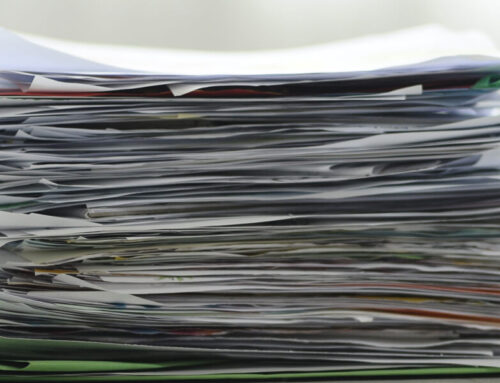There is no denying that our world is rapidly changing. With new technologies, new attitudes, and ways to communicate with one another, human beings can achieve more than ever before.
However, while the evidence of modernization is all around us—our phones, our jobs, and the ways we live our lives—there will always be some organizations that are slow to keep pace.
Modernization is not a simple luxury. It is an absolute necessity for any organization or enterprise that wants to succeed in the 21st century, even if these organizations—such as the courts and justice systems—are not necessarily operating on a for-profit basis.
Unfortunately, it is more than likely that at least some courts will choose to continue resisting change and new technologies. However, we are still optimistic and believe that, with the right information in hand, many courts will eventually choose to update their payment systems.
Why are courts so slow to modernize?
The entire court system is steeped in tradition. In fact, one could easily argue that “tradition” and “precedent” are the basis of the common law system that rules our land. But there is nothing about the common law tradition that insists courts must use outdated technology and infrastructure. The decision to modernize, digitize, and upgrade existing systems remains entirely in the hands of the career professionals that run the nation’s courts.
“No one has ever lost their job due to issuing paper checks” is common court-speak that really means “we don’t have much of an incentive to make a change.” Additionally, because courts have the legal authority to compel people to attend jury duty or fulfill other court-issued duties, understaffed clerks, jury coordinators, and finance teams may often feel too overwhelmed and exhausted to implement change.
However, as time goes on, the consequences of resisting modernization continue to compound. Courts that willingly ignore or delay implementing new technologies will continue operating inefficiently and falling behind—and this can have real consequences for everyone involved in the justice system, including attorneys, clerks, judges, defendants, jury members, witnesses, and nearly everyone else involved.
The benefits of modernization
CourtFunds is just one of many systems that can be put into place to help courts begin to modernize. But, generally speaking, why is modernization such a big deal in the court system?
- Modernization can increase juror satisfaction. As required by law, all jurors must be paid for their time. However, because these are typically one-time payments, many courts will choose to issue payments to jurors—who have already had to take time off of work to serve—via paper checks. Paper checks increase the time it takes to get paid, as well as the likelihood a juror’s personal information is compromised. Digital disbursement systems help correct this.
- Modernization can help reduce costs. Did you know it that issuing paper checks can increase payment processing costs by as much as $20 per check? If a court is operating with a very limited budget, as nearly every court currently is, these costs can really add up.
- Modernization can reduce (and correct) payment processing errors. With both paper checks and digital systems, payment errors might occur. With a modern, digital system, these errors are much easier to identify and, in the rare occasion that an error goes unnoticed, they are easier to correct in the future.
- Modernization can help increase court legitimacy. People must have faith in the courts and the justice system in order for society to function. Courts that operate efficiently, transparently, and effectively are much more likely to be viewed as legitimate by all members involved.
In response to the need for change, about 88 percent of organizations have switched to an electronic payment system, according to an AFP Benchmarking Survey. But even once these organizations have decided its time to modernize, it will still be critical that they choose a system that will effectively get the job done.
Modern payment systems are improving the court system
Modernizing the court payment system is easier, more affordable, and more structurally necessary (and expected) than ever before. Additionally, switching to a functional disbursement infrastructure is one of the easiest things an elected court official or clerk can do to fulfill their promises to their constituents.
Here are a few of the ways that modern disbursement systems, like CourtFunds are changing the way the legal system functions:
- Payments can be made for a wide variety of legal functions, including jury payments, restitution, child support, bonds, witness payments, and more
- Digital disbursements incorporate new security features that help ensure all private financial information remains protected—and eliminate the risk of a check being lost or stolen
- Disbursements can be fully processed and accounts can be fully reconciled in considerably less time
- Total disbursement, operating, and processing costs can be significantly reduced
- Reporting, payment tracking, and financial bookkeeping can be easily streamlined, with errors eliminated
The closing argument
Ultimately, just about every party involved can benefit from courts choosing to modernize. One of the fastest and most frictionless ways to modernize is by eliminating paper checks, especially for one-time disbursements.
A good judge is someone who can objectively consider all evidence presented to them before making a final decision—modernization is ready to rest its case.





